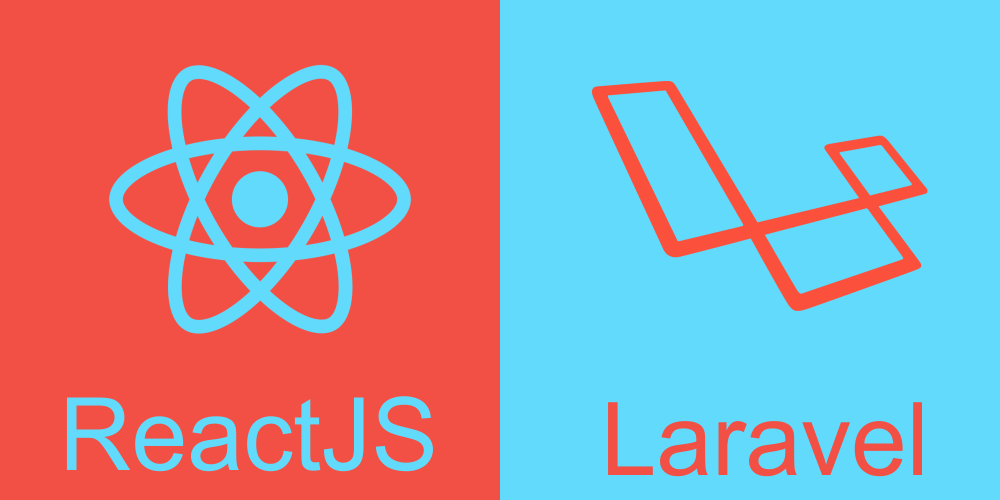Build Web App Using Laravel and React From Scratch
In today's dynamic digital landscape, creating web applications demands a strategic blend of robust backend frameworks and dynamic frontend libraries. Laravel and React stand out as two powerful technologies that streamline the development process and enhance the overall user experience. In this blog post, we'll delve into the process of building a web application from scratch by harnessing the combined potential of Laravel and React. Laravel: Laravel is a prominent PHP framework known for its elegant syntax, robust features, and developer-friendly environment. It simplifies common tasks such as routing, authentication, caching, and more, allowing developers to focus on building high-quality applications. React: React is a JavaScript library for building user interfaces, developed by Facebook. It enables developers to create reusable UI components, making the development process more efficient and scalable. React's virtual DOM ensures optimal performance by minimizing DOM manipulation. The integration of Laravel and React offers a myriad of benefits for web developers: Now, let's embark on the journey of building a web application using Laravel and React from scratch. Before diving into development, it's crucial to set up your development environment. Follow these steps to get started: Begin by installing Laravel using Composer, a dependency manager for PHP. Additionally, install Node JS, which includes npm (Node Package Manager), to manage JavaScript dependencies. Configure Laravel to connect to your preferred database, such as MySQL or PostgreSQL. Update the database configuration file with your database credentials. With the development environment in place, it's time to create the backend using Laravel:Brief Overview of Laravel and React
Importance of Combining Both Technologies
Setting Up the Development Environment
Installing Laravel and Node.js
Configuring Database Connection
Creating the Laravel Backend
Share your project details to build your path toward success.
Setting Up Routes and Controllers
Define routes in Laravel's web.php file to handle incoming HTTP requests. Create controllers to process these requests and interact with the database.
Implementing Authentication Using Laravel Passport
Secure your web application by implementing authentication using Laravel Passport, a feature-rich authentication solution. Generate API tokens for user authentication and authorization.
Integrating React Frontend
Now, let's integrate the React frontend with the Laravel backend:
Setting Up React Project with Create React App
Use Create React App, a command-line tool, to set up a new React project. This tool provides a pre-configured environment for building React applications.
Connecting React to Laravel API Endpoints
Communicate with the Laravel backend by sending HTTP requests to the defined API endpoints. Use libraries like Axios or Fetch API to handle these requests.
Building User Interface with React
Designing an intuitive user interface is essential for a seamless user experience. Follow these steps to build UI components with React:
Designing Components
Break down the UI into reusable components, such as buttons, forms, and cards. Utilize React's component-based architecture to create modular and maintainable UI elements.
Implementing State Management with React Hooks
Manage application state efficiently using React Hooks, such as useState and useEffect. Store and update state variables to reflect changes in the UI.
Adding Functionality
Now that the frontend and backend are connected, it's time to add functionality to your web application:
Implementing CRUD Operations
Create, Read, Update, and Delete (CRUD) operations are fundamental for interacting with data. Implement CRUD functionality to perform operations on database records.
Incorporating Real-time Updates Using WebSockets
Enhance the interactivity of your web application by incorporating real-time updates using WebSockets. Implement features such as live chat or notifications to engage users.
Conclusion
To build a web app with Laravel and React, set up the development environment, configure Laravel for backend, integrate React for front end, and implement features like CRUD operations and real-time updates using WebSockets.
As you embark on your web development journey, remember to leverage the strengths of both Laravel and React to create scalable, efficient, and user-friendly applications.
Ready to kickstart your web development project? Contact us now to explore how our experienced team can help you harness the power of Laravel and React to build cutting-edge web applications.









